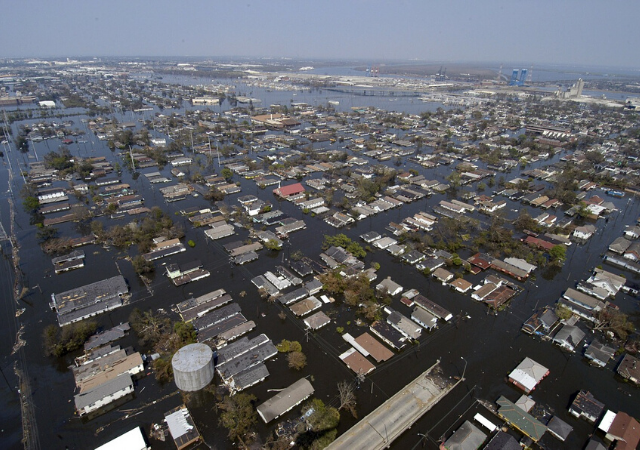Time has shown that flooding is one of the most common and costly disasters that can happen anywhere and at any time. During the hurricane season, flooding is a real and scary danger that can kill people and animals and cause millions of dollars in damage to infrastructure. As a property owner, you should seek to minimise the risk of flooding. A basic monthly home maintenance exercise can identify problems and allow for time to rectify before they are too destructive. Many of the suggestions below are relatively simple and inexpensive and can be implemented seamlessly to safeguard your home.
[showad block=15]Maintain Your Landscape
Sometimes our surroundings can impact how water flows in a natural disaster. Drains that are covered in grass, leaves and garbage will make flooding worse, because the outlet that carries the water away is blocked. Property owners should maintain surrounding landscapes and undertake a periodic, yet frequent inspection and maintenance of their properties.
Gutters, downspouts and splash pads should be cleaned so that rainwater is directed away from the home. Drains, ditches and storm drains should be cleared of all debris especially if you live in an area with lots of leafy trees, shrubs and grass. If you can, change how your lot is graded so that rainwater drains away from the building. And, if possible install a water storage barrel to catch water from the gutter downspouts.
Check Your Foundation
Maintaining the integrity of the foundation of the home is one of the most important considerations that a homeowner should have. During your home maintenance inspections, you should always check for foundation cracks. If cracks are found, close them with mortar, cement or masonry caulk. All cracks should be filled completely to prevent additional issues.
Where possible, seal all walls in your basement with waterproofing sealants to prevent seepage. If your area floods, water can seep into the foundation and cause the cracks to widen. According to Eden Structural, this can also cause the walls to separate from the foundation and weaken your home’s structural integrity. In addition, damage may be caused to walls and floors and life threatening mold may form in damp areas. Proper drainage, sump pumps and frequent inspections can protect your foundation from expensive flood damage.
Buy Flood Insurance
Many homeowners do not know that flooding is not covered in standard home insurance policies. Flooding is covered in separate flood insurance programmes and without it, you will have to pay for expensive flood damage out of your pocket or acquire a loan. Flood Smart explains that mere inches of water in your home can cause thousands of dollars in damage and advocates signing up for a flood insurance policy.
If you are on the fence about flood insurance, you are not alone. However, please bear in mind that flood hazards can impact areas that are outside of high-risk flood zones. Even if your home has never been impacted by a flood, infrastructure improvements, home construction, fluctuating weather and climate change can alter flood maps and flood zones.


